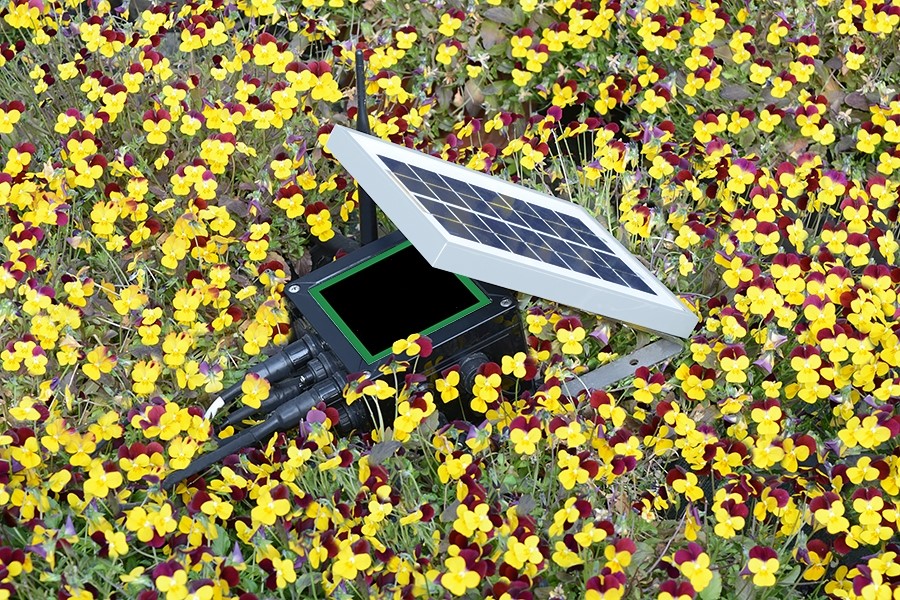Smart Agriculture
[/fusion_title][/fusion_builder_column][fusion_builder_column type=”1_1″ background_position=”left top” background_color=”” border_size=”” border_color=”” border_style=”solid” spacing=”yes” background_image=”” background_repeat=”no-repeat” padding=”” margin_top=”0px” margin_bottom=”0px” class=”” id=”” animation_type=”” animation_speed=”0.3″ animation_direction=”left” hide_on_mobile=”no” center_content=”no” min_height=”none”][fusion_slider hover_type=”none” width=”100%” height=”100%” class=”” id=””][fusion_slide type=”image” link=”” linktarget=”_self” lightbox=”yes”]https://asm-co.ir/wp-content/uploads/2016/06/keshavarzi-hoshmand.jpg[/fusion_slide][/fusion_slider][fusion_text]The agricultural sector is going to face enormous challenges in order to feed the 9.6 billion people that the FAO predicts are going to inhabit the planet by 2050: food production must increase by 70% by 2050, and this has to be achieved in spite of the limited availability of arable lands, the increasing need for fresh water (agriculture consumes 70 per cent of the world’s fresh water supply) and other less predictable factors, such as the impact of climate change, which, according a recent report by the UN could lead, among other things, to changes to seasonal events in the life cycle of plant and animals.
One way to address these issues and increase the quality and quantity of agricultural production is using sensing technology to make farms more “intelligent” and more connected through the so-called “precision agriculture” also known as ‘smart farming’.
It’s something that’s already happening, as corporations and farm offices collect vast amounts of information from crop yields, soil-mapping, fertilizer applications, weather data, machinery, and animal health. In a subset of smart farming, Precision Livestock Farming (PLF), sensors are used for monitoring and early detection of reproduction events and health disorders in animals.
Typical monitored data are the body temperature, the animal activity, tissues resistivity, pulse and the GPS position. SMS alerts can be sent to the breeder based on predefined events, say, if a cow is ready for reproduction.
The aim of the agriculture sector is to optimize processes and uses of resources and efficient use of existing arable land. The Internet of Things can enable all that. It can increase production, but it can also increase the level of quality of agriculture.
ASM Co uses its precise sensors in order to maintain agriculture and farming easy to monitor, and therefore creating a sophisticated system which increases the productivity and prevents failures in production.
Some of ASM applications for smart agriculture includes:
Wine Quality Enhancing: Monitoring soil moisture and trunk diameter in vineyards to control the amount of sugar in grapes and grapevine health.
Green Houses :Control micro-climate conditions to maximize the production of fruits and vegetables and its quality.
Golf Courses: Selective irrigation in dry zones to reduce the water resources required in the green.
Meteorological Station Network: Study of weather conditions in fields to forecast ice formation, rain, drought, snow or wind changes.
Compost :Control of humidity and temperature levels in alfalfa, hay, straw, etc. to prevent fungus and other microbial contaminants.
 [/fusion_text][/fusion_builder_column][/fusion_builder_row][/fusion_builder_container]
[/fusion_text][/fusion_builder_column][/fusion_builder_row][/fusion_builder_container]
